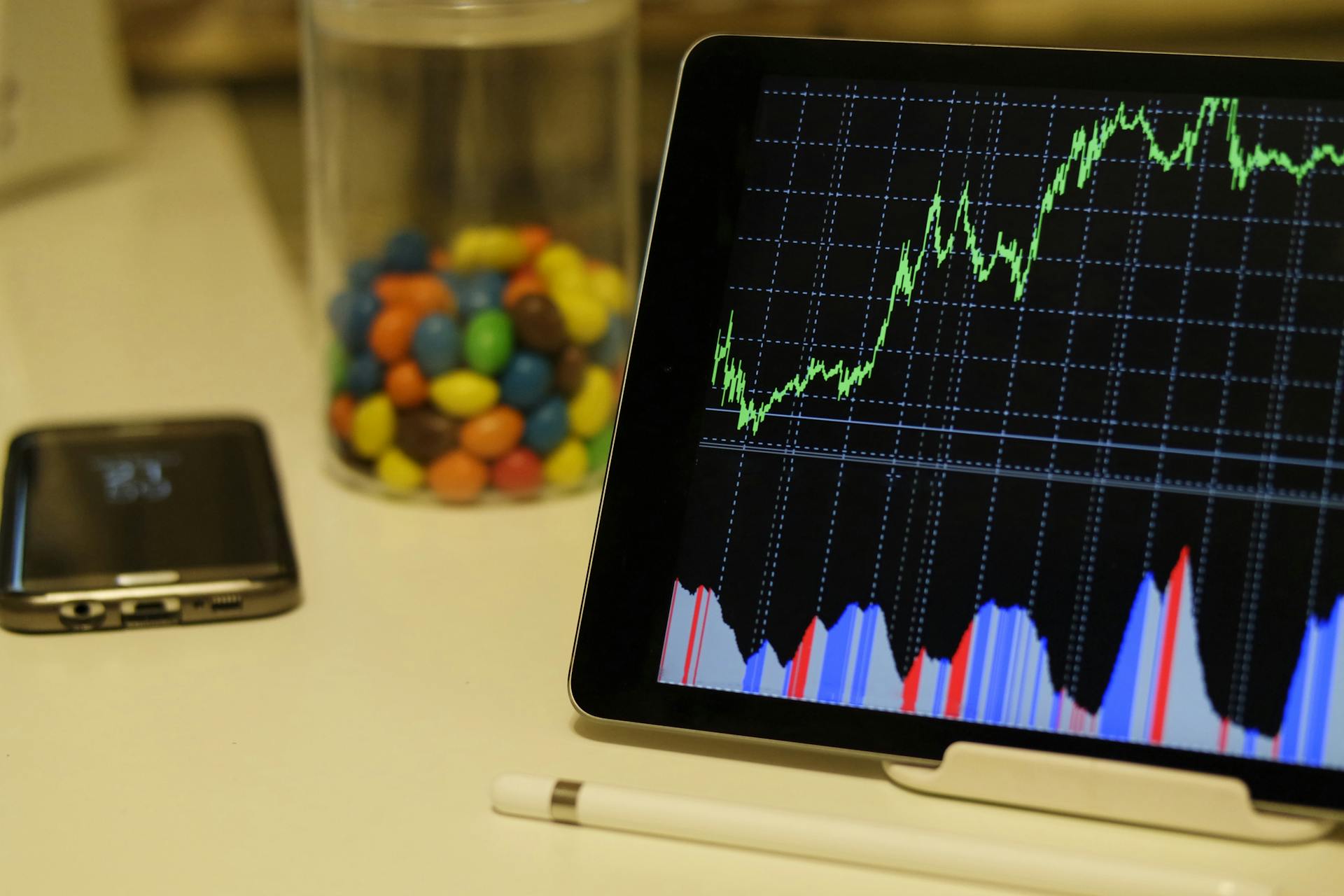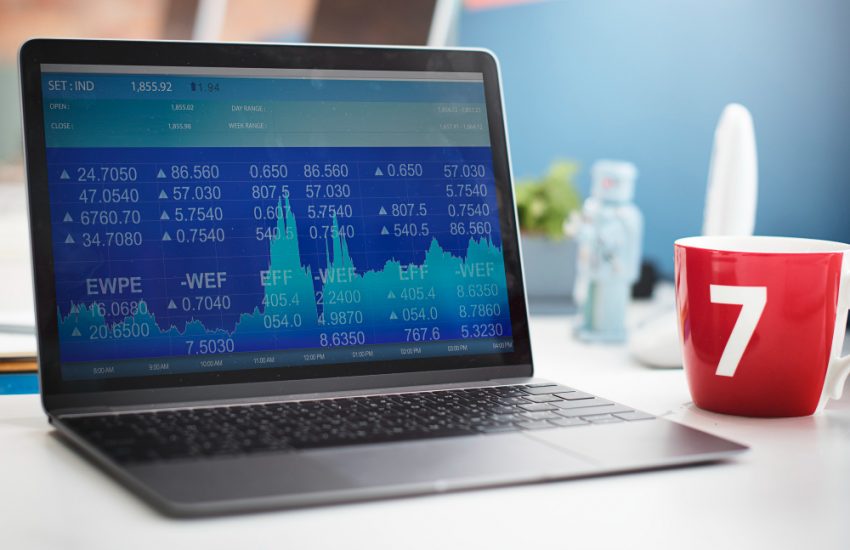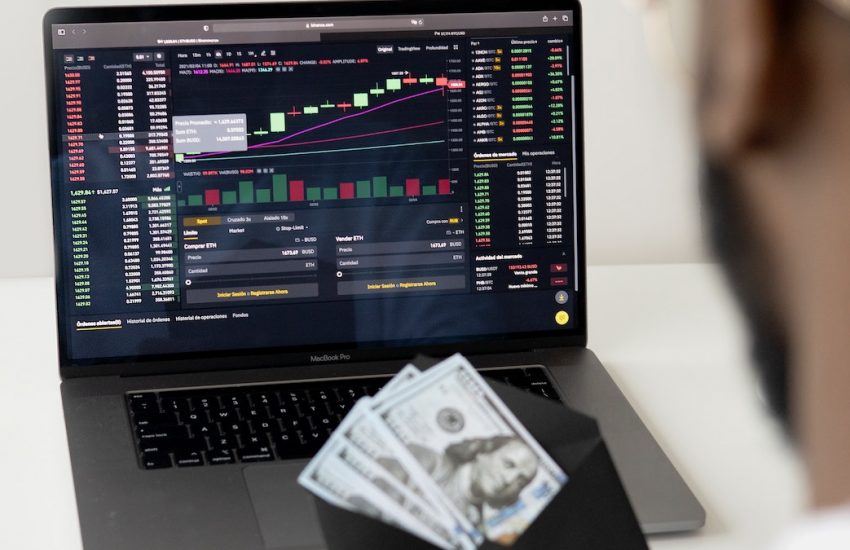The Forex moving average at a glance
For beginner and experienced traders alike, the Moving Average (MA) is an essential technical indicator to understand and use in Forex trading. While there are several moving averages, we’ll focus on the most straightforward type – the Simple Moving Average (SMA). We’ll look at how to calculate an SMA and discuss its uses and benefits. Finally, we’ll provide tips for incorporating SMAs into your trading strategy.
What is a Moving Average, and how is it used in Forex trading?
A Moving Average (MA) is a technical indicator that shows the average price of a security over a set period. Moving Averages are used to smooth out price action and can be used to identify trends. There are several different MAs, but the most common is the Simple Moving Average (SMA).
The SMA is calculated by taking the average of a security’s prices over a set period. For example, if we wanted to calculate the 10-period SMA of EUR/USD, we would add the closing prices for the last ten periods and divide by 10. The result would be the 10-period SMA.
The different types of moving averages and which one is best for you
There are several different types of MAs, but the most common is the simple moving average (SMA), exponential moving average (EMA), and weighted moving average (WMA).
The best moving average for you will depend on your trading objectives. If you’re looking to identify trends, you would want to use a longer-term SMA. For example, a 200-period SMA would be better suited than a 20-period SMA. If you’re looking to trade short-term price movements, you would want to use a shorter-term SMA.
How to calculate a moving average using Excel
You can calculate a moving average in Excel using the AVERAGE function. For example, if you wanted to calculate the 10-period SMA of EUR/USD, you would use the following formula:
=AVERAGE(C2:C11)
It would give you the 10-period SMA of EUR/USD.
The benefits of using moving averages in Forex trading
Moving averages are popular among Forex traders for many reasons. First, they’re easy to calculate and understand. Second, they can be used to identify trends. Third, they can be used as support and resistance levels. Finally, they can be used with other technical indicators to create trading strategies.
Tips for using moving averages in your Forex trading
There are a few things to keep in mind if you’re going to use moving averages in your Forex trading.
First, it’s essential to use multiple timeframes. For example, you might use a 10-period SMA on a daily chart to identify the trend but then switch to a 5-minute chart to trade short-term price movements.
Second, don’t rely on moving averages alone. Use other technical indicators, such as support and resistance levels, Fibonacci retracements, and candlestick patterns to give you an edge in your trading.
Finally, remember that moving averages are lagging indicators, which will typically lag behind the price action. They should be used to confirm trends and not to predict them.
How to use a moving average as part of your trading strategy
If you’re looking to use a moving average as part of your trading strategy, keep a few things.
First, you need to identify the trend. It can be done by looking at longer-term moving averages, such as the 200-period SMA. Once you’ve identified the trend, you can then look for short-term price movements in the direction of the trend using shorter-term moving averages.
For example, if the 200-period SMA is pointing up and EUR/USD is trading above it, you might look for buy opportunities using a 10-period SMA.
Risks of using moving averages in Forex trading
While moving averages can be a helpful tool, they’re not without risks. First, because they’re lagging indicators, they will often lag behind the price action, and this means that you might enter a trade after the price has already moved in your favour.
Second, moving averages can give false signals. For example, a stock might cross below its 200-day moving average and then move back above it, generating a false sell signal.
Finally, moving averages can be affected by news events. For example, if there’s a major economic announcement, the markets could move sharply and cause your moving average to give a false signal.
Therefore, you should always be aware and use your own judgement when trading instead of over-relying on signals and indicators.



